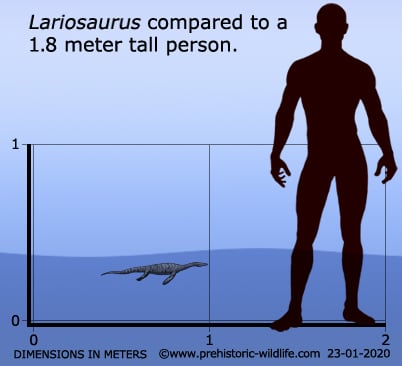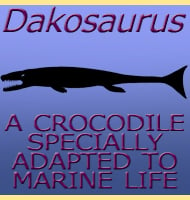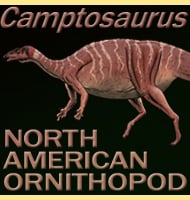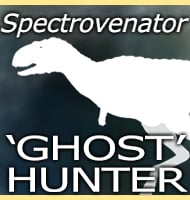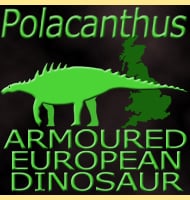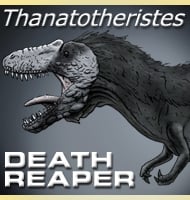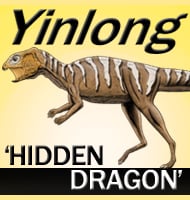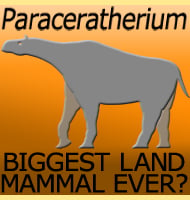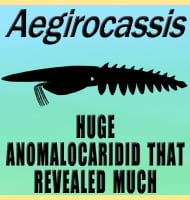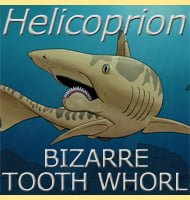In Depth
Although small by nothosaur standards, Lariosauru remains one of the most important nothosaurs known to palaeontology as remains are so well preserved they contain the presence of juvenile Lariosaurus, as well as what they ate. The juvenile specimens inside an adult Lariosaurus are very well preserved suggesting that they were not chewed or eaten, and that Lariosaurus were possibly not cannibalistic. As such if the popular theory of them being young waiting to be born is correct, then it proves that the marine reptiles had developed the ability to give birth to live young before they were completely restricted to aquatic life. This has long been suspected for later and larger marine reptiles like ichthyosaurs, plesiosaurs, and mosasaurs as terrestrial movement would have been impossible for these reptiles.
While nothosaurs in general are thought to have eaten fish, Lariosaurus is confirmed to have eaten other marine reptiles, specifically placodonts as indicated by the remains of two Cyamodus juveniles inside one Lariosaurus skeleton.
Lariosaurus also seems to be a marine reptile in transition to a more aquatic life. This is because while the rear legs were still suited to land movement, the front legs had evolved to form paddles. This would be a hindrance to movement on land, but a considerable bonus when swimming in the water.
Further Reading
– “Eupodosaurus longobardicus”. Annals and Magazine of Natural History, Series 6 8:407 – G. A. Boulenger – 1891. – The status of the sauropterygian reptile genera Ceresiosaurus, Lariosaurus, and Silvestrosaurus from the Middle Triassic of Europe. – Fieldiana: Geology, new series 38:1-46. – O, Rieppel – 1998. – A new species of Lariosaurus (Sauropterygia: Nothosauridae) from Triassic of Guizhou, southwest China. – Vertebrata PalAsiatica 40(2):122-126. – J.-L. Li, J. Liu & O. Rieppel – 2002. – A new species of Lariosaurus (Reptilia, Sauropterygia) from the Middle Anisian (Middle Triassic) of southwestern China. – Neues Jahrbuch f�r Geologie und Pal�ontologie-Abhandlungen 242(1):19-42. D.-Y. Jiang, M. W. Maisch, Z.-Y. Sun, Y.-L. Sun & W.-C. Hao – 2006. – The earliest record of the genus Lariosaurus from the early middle Anisian (Middle Triassic) of the Germanic Basin. – Journal of Vertebrate Paleontology 36(4):e1163712 – N. Klein, D. F. A. Voeten, A. Haarhuis & R. Bleeker – 2016.

